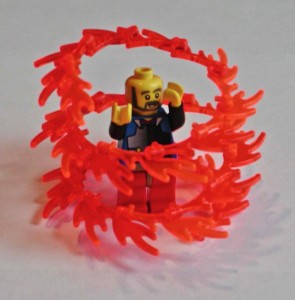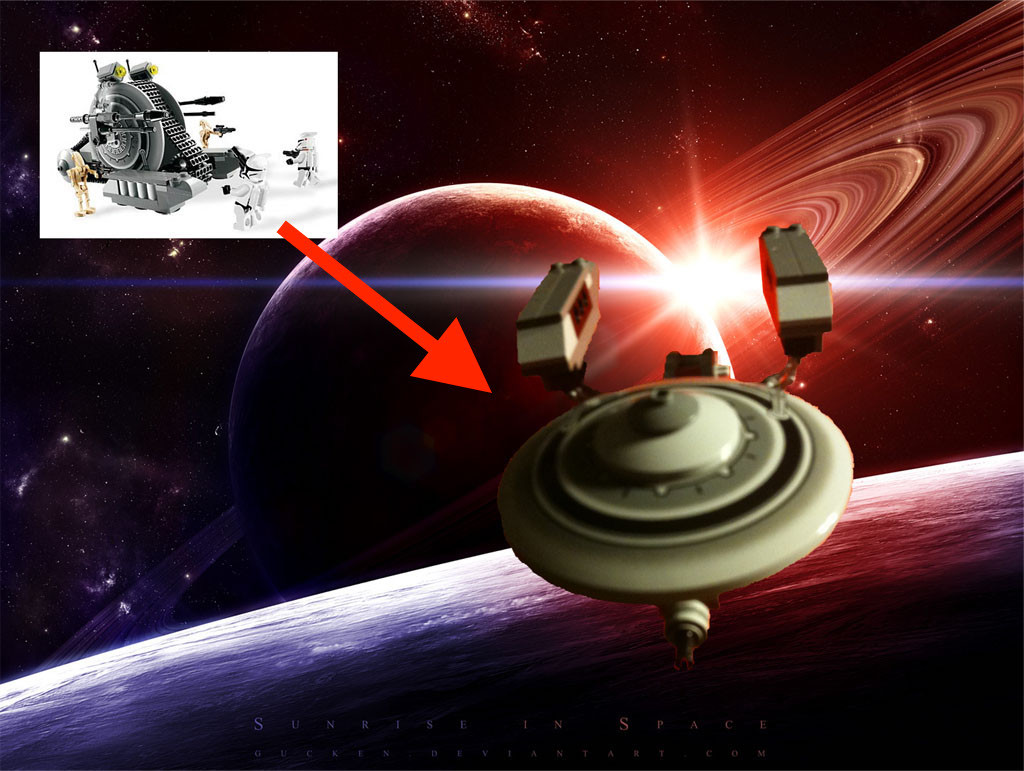 While the maker movement continues to gather publicity, one of its most critical dynamics seldom makes the headlines: the right to unmake. Now the College Art Association has published a call for presentations on unmaking and “Lego-like” creativity for its next annual conference in Los Angeles in February 2018.
While the maker movement continues to gather publicity, one of its most critical dynamics seldom makes the headlines: the right to unmake. Now the College Art Association has published a call for presentations on unmaking and “Lego-like” creativity for its next annual conference in Los Angeles in February 2018.
The practice of unmaking can be distinguished from remix culture by its granularity (think dismantling a Lego creation into component bricks) and its transformative potential (reassembled Lego sets need not bear any resemblance to the original). Unmaking is also different from the deconstructionist impulse found in post-structuralist literature or architecture, in that unmaking aims less to undermine the stability of the original text than to craft an entirely new one.
 After artifacts are unmade, the process of remaking them may stray from the accepted rules of their original making, as when Lego bricks are fit together in ways that are not foreseen by the toy company. To that extent they may embody the “art of misuse.”
After artifacts are unmade, the process of remaking them may stray from the accepted rules of their original making, as when Lego bricks are fit together in ways that are not foreseen by the toy company. To that extent they may embody the “art of misuse.”
The “Right To Unmake” panel was conceived by Bowdoin Museum Codirector Anne Goodyear and Still Water’s John Bell, Craig Dietrich, and Jon Ippolito. For panel contributions, the organizers seek critical thought about and artistic research into practices that embody or question this “Lego-like” creativity, whatever their medium.
 Applications are due August 14, 2017 in email to Goodyear and Ippolito, the session co-chairs. Details are in the 2018 CAA call for participation. From the call:
Applications are due August 14, 2017 in email to Goodyear and Ippolito, the session co-chairs. Details are in the 2018 CAA call for participation. From the call:
As technological platforms have become more powerful, our ability to deconstruct them has weakened. The Digital Millennium Copyright Act criminalizes farmers who disassemble tractors, hip-hop artists who sample vintage songs, and museum conservators who decompile obsolete software. Store shelves over the last fifty years have likewise undergone a decline in toys that leave play to the imagination, as branded franchises with predetermined narratives like Frozen and Star Wars have crowded out open-ended playthings like generic dolls and chemistry sets.
Lego is one of the few toy companies to survive this encroachment with its reputation for exploratory play intact, yet its plastic bricks are increasingly boxed with instructions to build a single vehicle or building–a trend even more pronounced in competitors like Megablocks, whose specialized parts cannot be used to build anything else. Toys that discourage unmaking teach kids that being creative means following instructions.
Operating in contrast to the decline of hackability in today’s app and toy stores is a spectrum of creators who are decidedly not following instructions. Some hack systems without permission, like those who modify or “speedrun” Super Mario. Other artists exploit the openness of “toy” platforms like Minecraft or design microcontrollers like Arduino explicitly for hacking.
This panel invites artist and scholars to interrogate the often contradictory narratives surrounding makers and unmakers of products and platforms marketed as creative media. Depending on proposals received for the panel, its organizers may structure the discussion according to an aleatoric dynamic consistent with the theme of Lego-like creativity.

For more information, contact Goodyear or Ippolito via the email addresses listed in the call.
Above from top: two creations by Legohacker; Analogue by John Bell; net.flag by Mark Napier; Lego Tire Fire by Craig Dietrich; Trace by Ai WeiWei.
